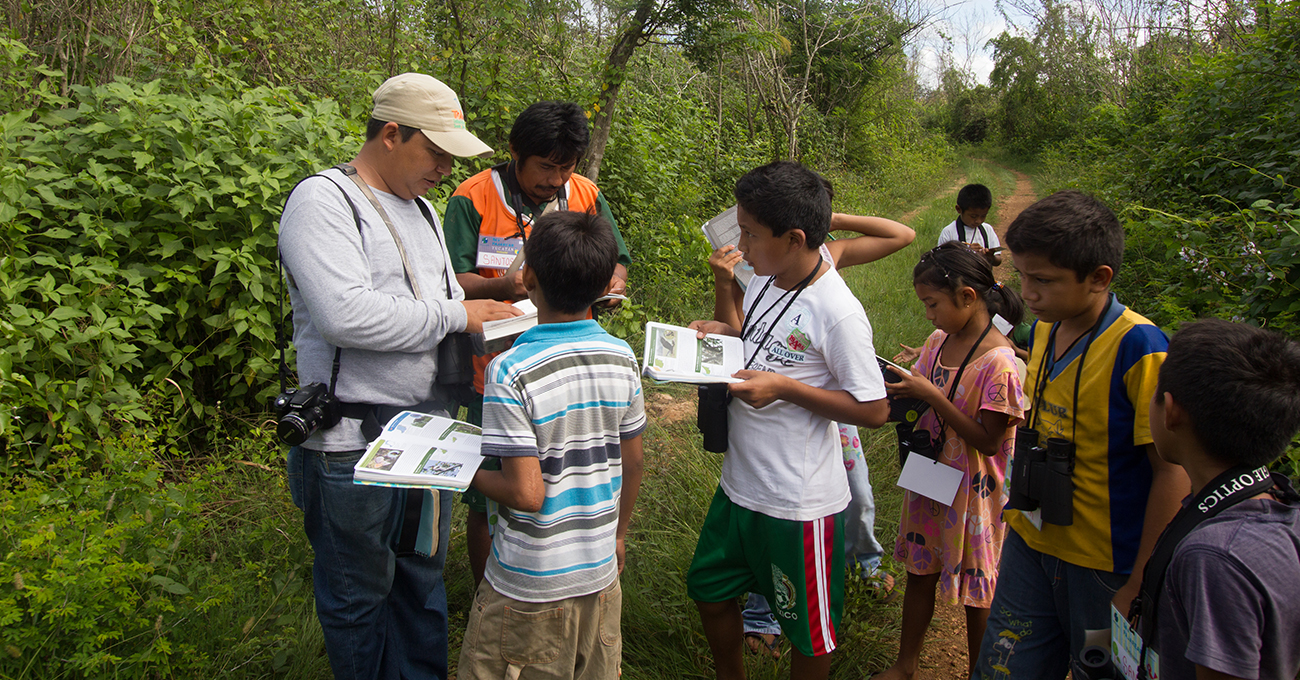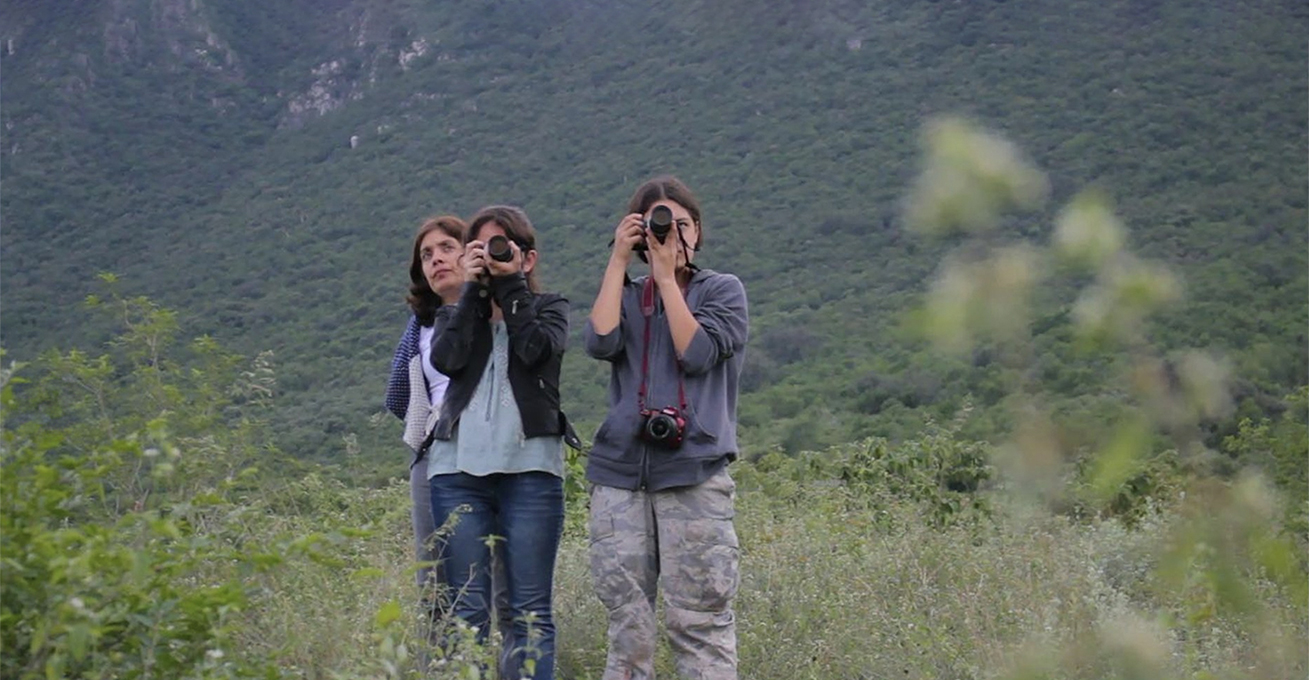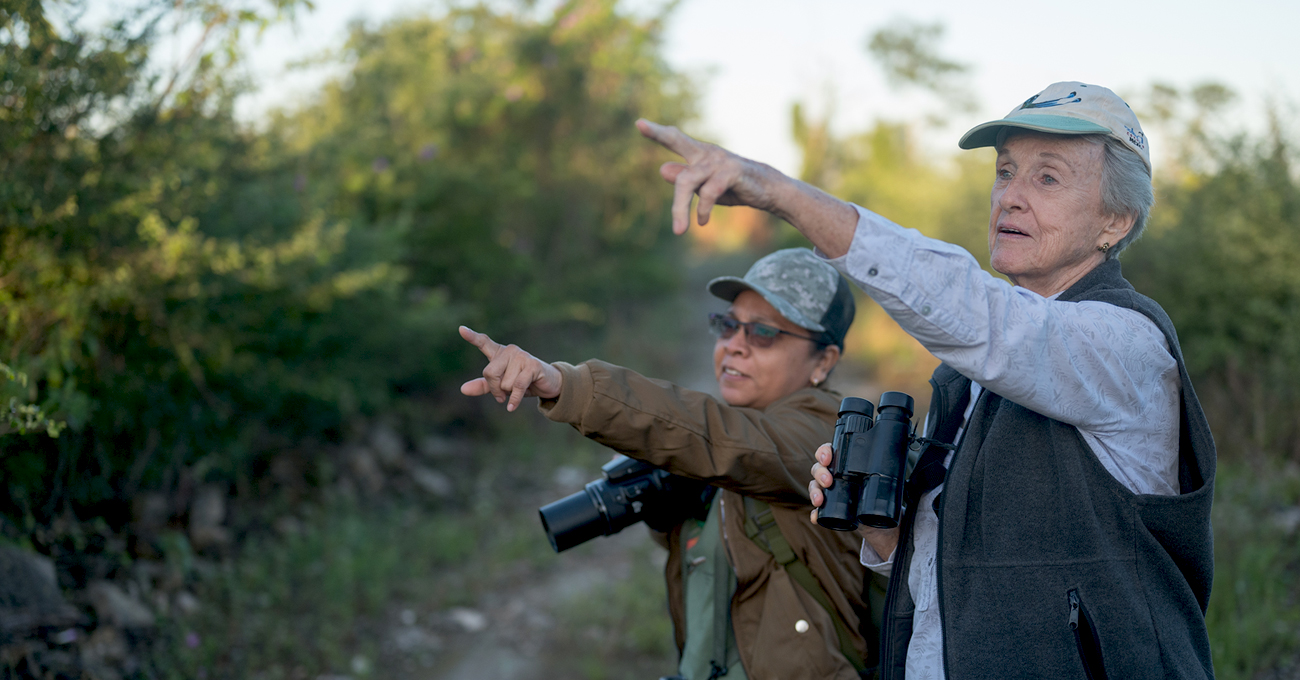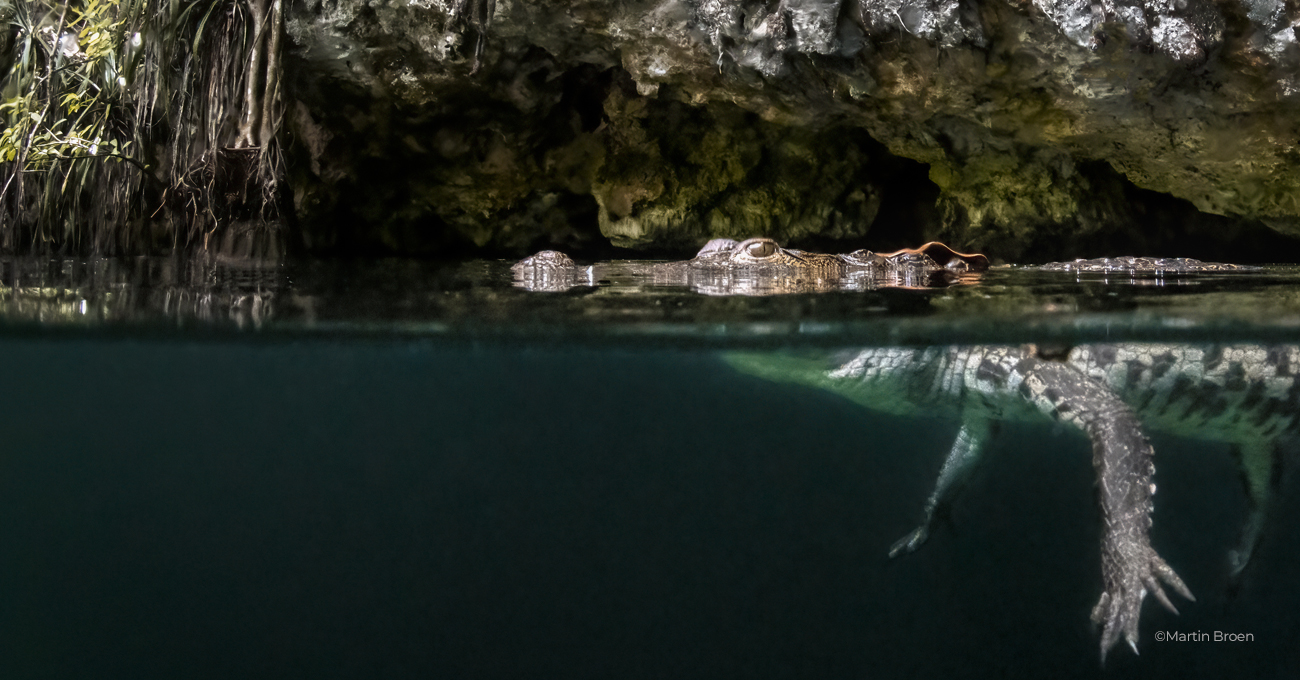
"There is a book always open for all eyes: nature."
On the upcoming launch of the SomosNaturalistas.mx digital platform, TAE (Transformation, Art and Education) introduces the vision of Citizen Science or Participatory Science to its field of influence. This voluntary participation model, in which individuals collect biodiversity information and data, contributes to the knowledge and conservation of ecosystems.
The modern model of scientific knowledge calls for rigorous observation, repetition, and the scientific method. The history of science is probably one of the most interesting and illuminating in terms of progress in understanding phenomena and their causes.
For its part, the 21st century, marked by the digital age, offers a paradigm shift. In this context, the Citizen Science model is one of the most beneficial available to accelerate knowledge and act promptly collectively. But what is it about, and why do we believe it can be crucial for the planet's well-being and its inhabitants?
One hundred twenty-four years ago, ornithologist Frank Chapman inaugurated the Christmas Bird Count through the North American Audubon Society. In that year, 90 species were recorded, with the participation of 27 observers distributed in 25 North American locations1. This count is still valid, storing and generating information serving different researchers and projects. Even the North American government resorted to this information bank to monitor the decline of American black ducks (Anas rubripes) in the 1980s. This citizen science model is currently carried out in alliance with the Cornell University Ornithology Laboratory, which has developed the eBird and Merlin citizen science platforms.
The Consejo de la Comisión para la Cooperación Ambiental (Council of the Commission for Environmental Cooperation), which promotes citizen science for monitoring monarch butterflies, points out the importance of raising awareness, saying: “Citizen monitoring programs carry different values for land managers: they report on the status of the monarch butterfly population at a very local scale and contribute to knowledge at a subcontinental scale; They represent an ideal means of inviting visitors to participate in conservation activities”.2
Citizen science models report current information in real time and bring together different communities to participate in generating scientific knowledge. Dr. Carlos Galindo Leal, who directs the TAE Naturaleza (TAE Nature) program, explains how digital platforms have been developed under different Citizen Science models. Such is the case of iNaturalist (Community for Naturalists) and iNaturalistMX. On these platforms, photos of plants, fungi and animals are shared; observations of other participants are discovered, as well as the location of different species; and a civil society movement is generated in favor of knowledge, conservation and community.
The most surprising thing, Dr. Galindo tells us, is the speed with which data is published voluntarily. This paradigm shift impacts not only observers on the street but also scientists since experts must validate and constantly update all shared information.
The virtuous crowdsourcing model goes beyond the pleasure that it gives us to know and discover the natural world, as it also involves us in generating knowledge and caring for nature. All this is from our garden or rooftop, parks and nature reserves. Currently, the iNaturalist platform brings together 6.4 million observations of 49 thousand species gathered by 158 thousand participants. It is the fastest way to find information about the species of plants, fungi and animals in Mexico.
Citizen science is a wonderful antidote to ecological indifference since biodiversity, which results from 4.5 billion years of evolution, is at permanent risk.
1 Cf. Smithsonian Magazine, Top Three Results From a 115-Year-Old Citizen Science Project.
2 Ver: Comisión para la Cooperación Ambiental (CCA) (cec.org)



